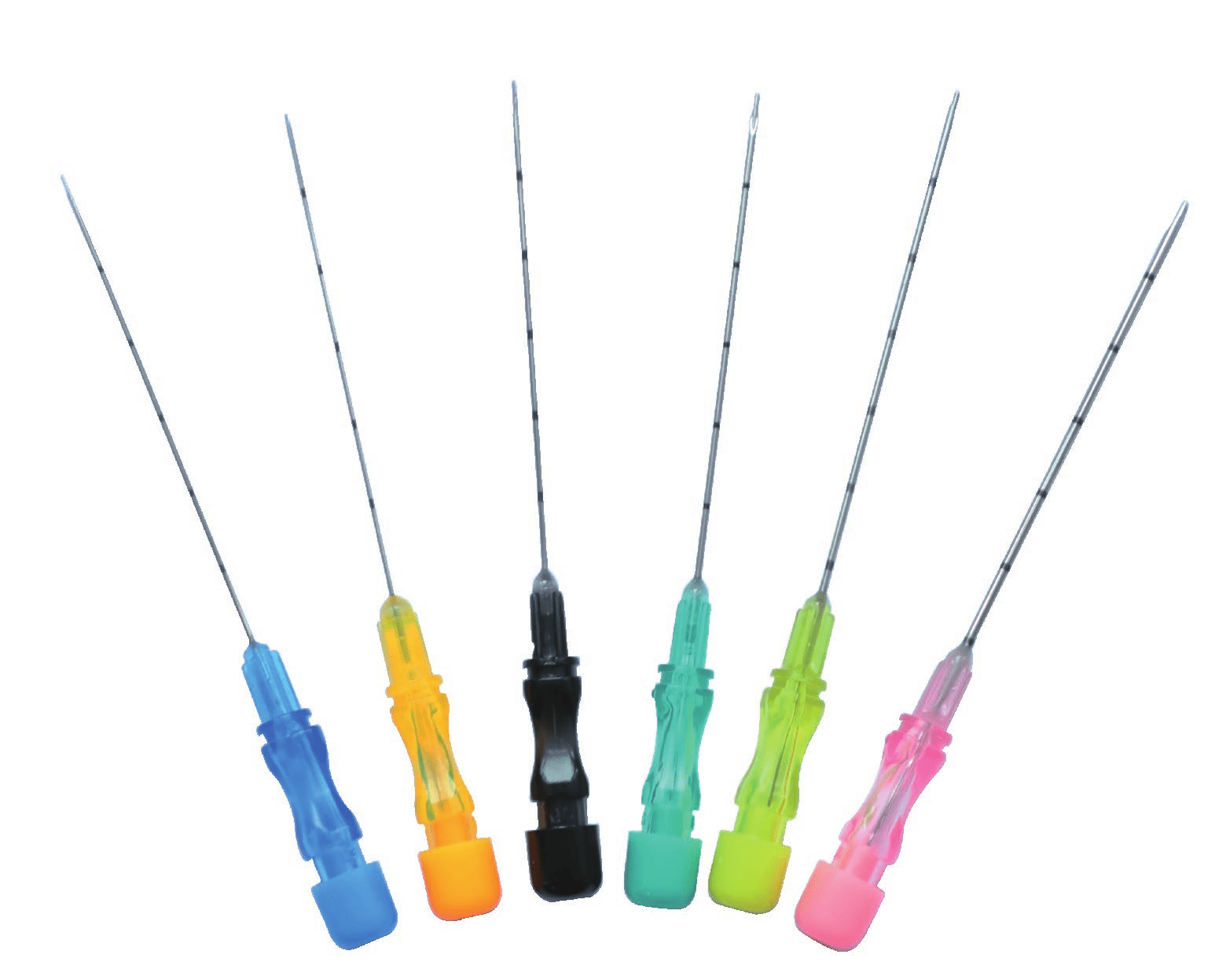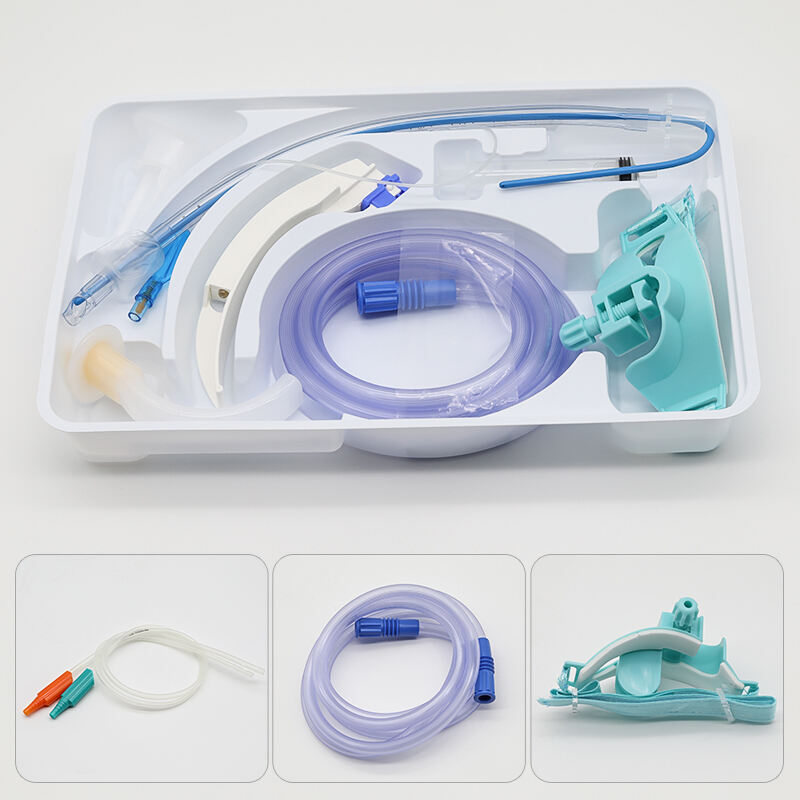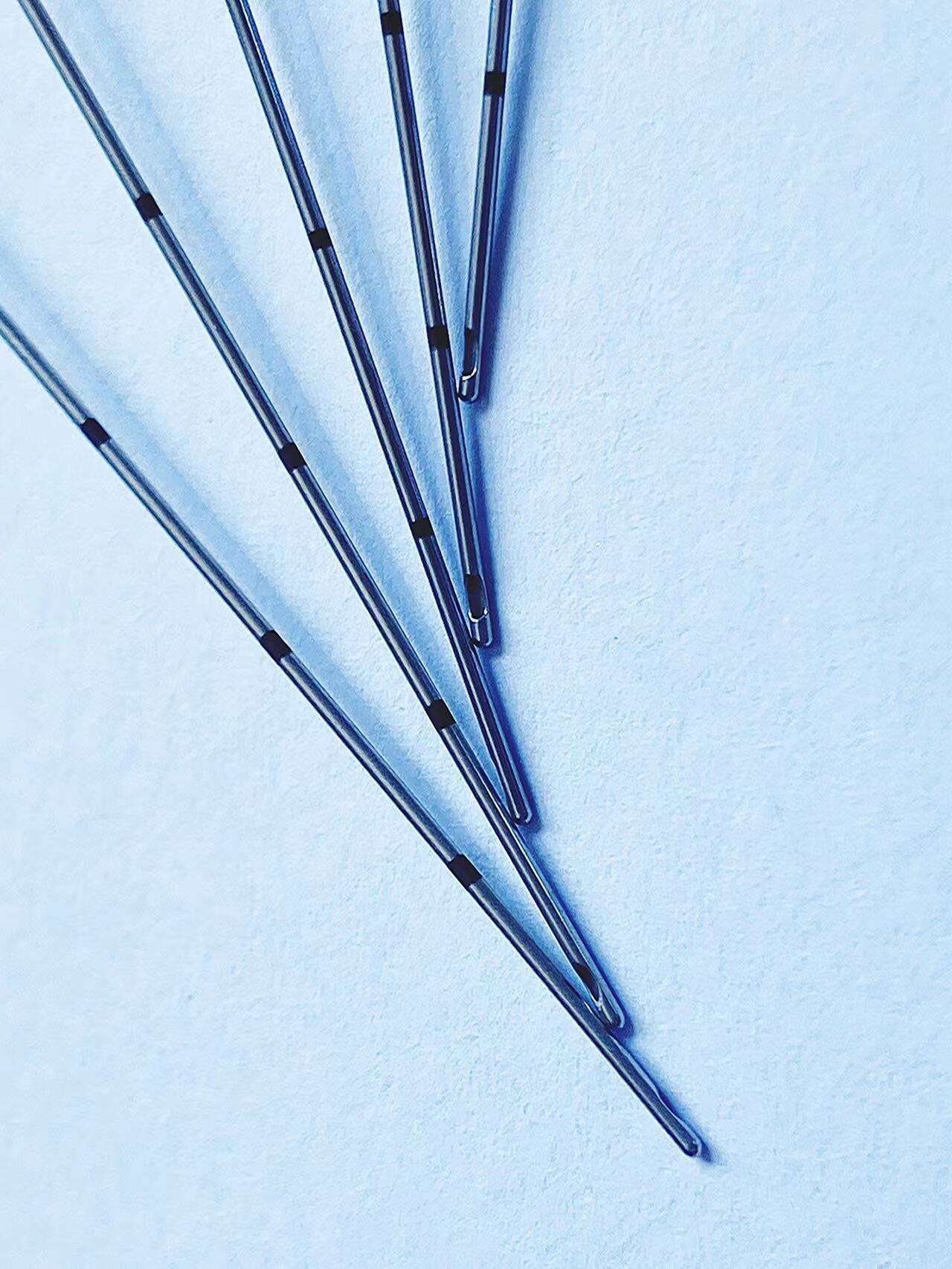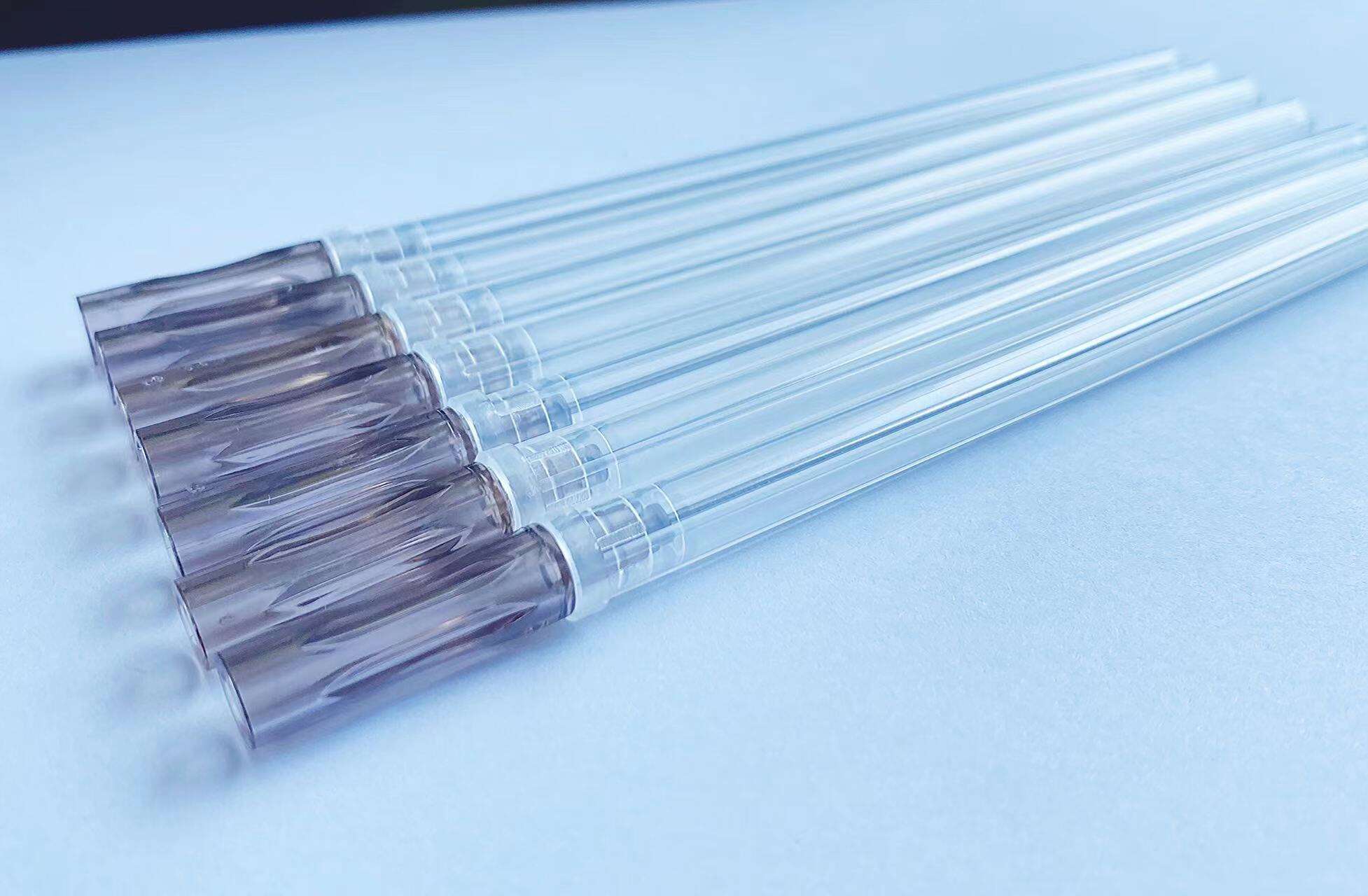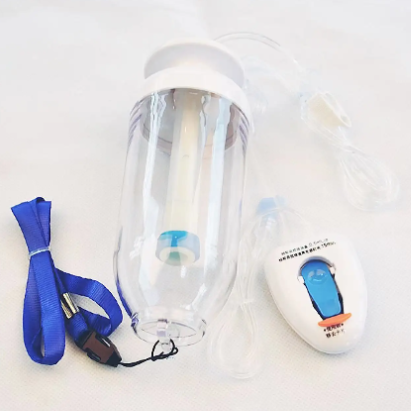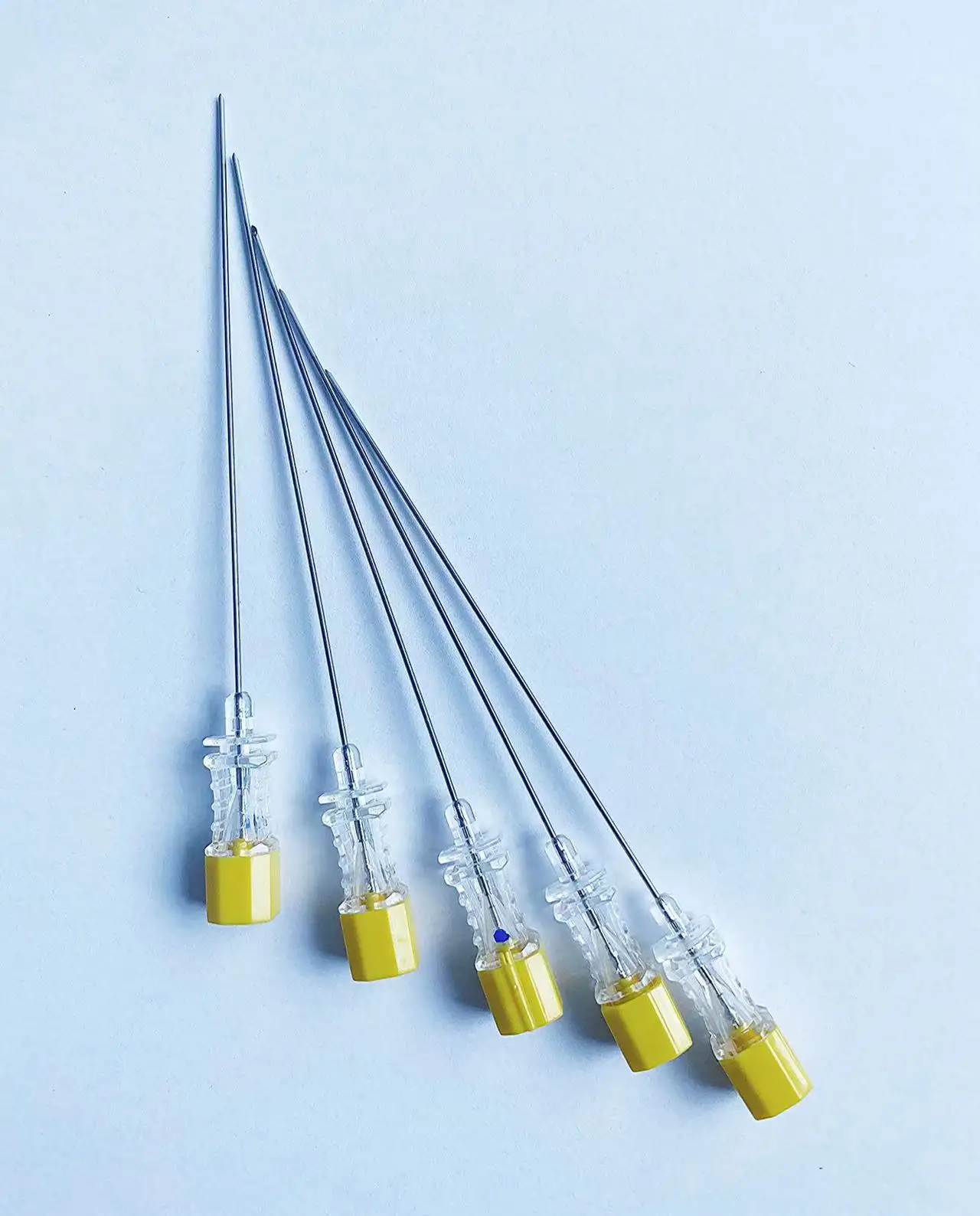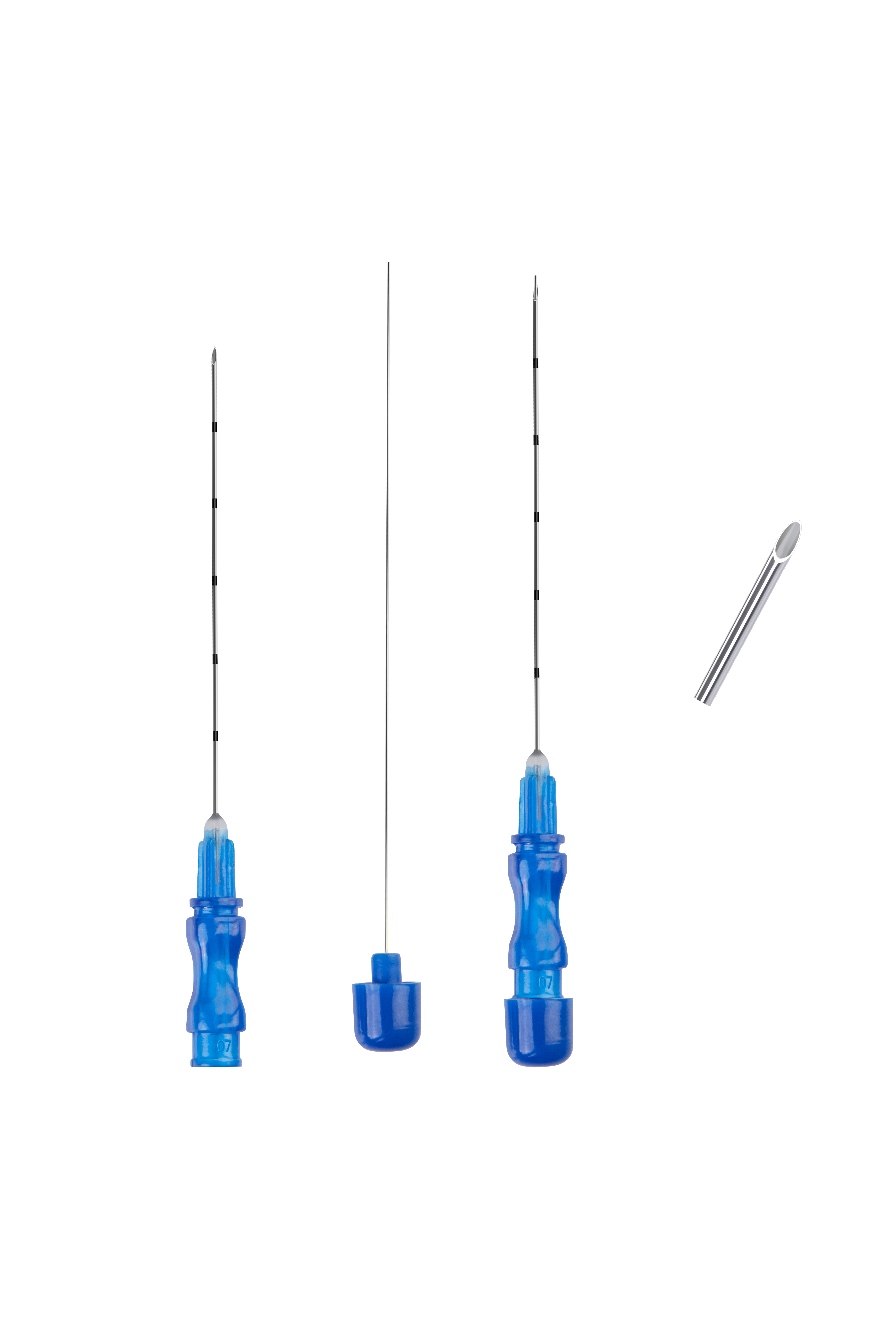Versatile Applications Across Multiple Treatment Modalities
The embedding needle demonstrates exceptional versatility across numerous treatment modalities, making it an invaluable investment for healthcare practices seeking to expand their service offerings and maximize equipment utilization rates. PDO thread lifting procedures represent one of the primary applications, where the embedding needle enables precise placement of polydioxanone threads for facial rejuvenation and skin tightening treatments. The device excels in aesthetic applications including non-surgical facelifts, brow lifting procedures, neck contouring treatments, and jawline definition enhancement protocols. Dermatological applications encompass scar revision treatments, stretch mark improvement procedures, and skin texture refinement protocols that utilize the embedding needle's precision capabilities. The instrument proves equally effective for therapeutic applications including trigger point therapy, acupuncture enhancement treatments, and localized medication delivery systems that require accurate depth control and minimal tissue disruption. Regenerative medicine applications leverage the embedding needle for platelet-rich plasma delivery, stem cell placement procedures, and growth factor injection protocols that stimulate natural healing responses. The device's adaptability extends to wound care applications where precise medication placement accelerates healing processes while minimizing patient discomfort during treatment sessions. Training versatility represents another significant advantage, as the embedding needle's intuitive design allows practitioners to master multiple treatment techniques using a single instrument platform. Cross-specialty applications enable dermatologists, plastic surgeons, aesthetic practitioners, and general physicians to utilize the same embedding needle technology for their respective treatment protocols. The device supports various threading techniques including linear insertion, cross-hatching patterns, and multi-directional placement strategies that address diverse patient anatomy and treatment objectives. Combination therapy protocols benefit from the embedding needle's compatibility with other treatment modalities, allowing practitioners to create comprehensive treatment plans that address multiple patient concerns simultaneously. The instrument's reliability across different treatment environments, from clinical settings to spa environments, ensures consistent performance regardless of the practice setting or patient demographic being served.

